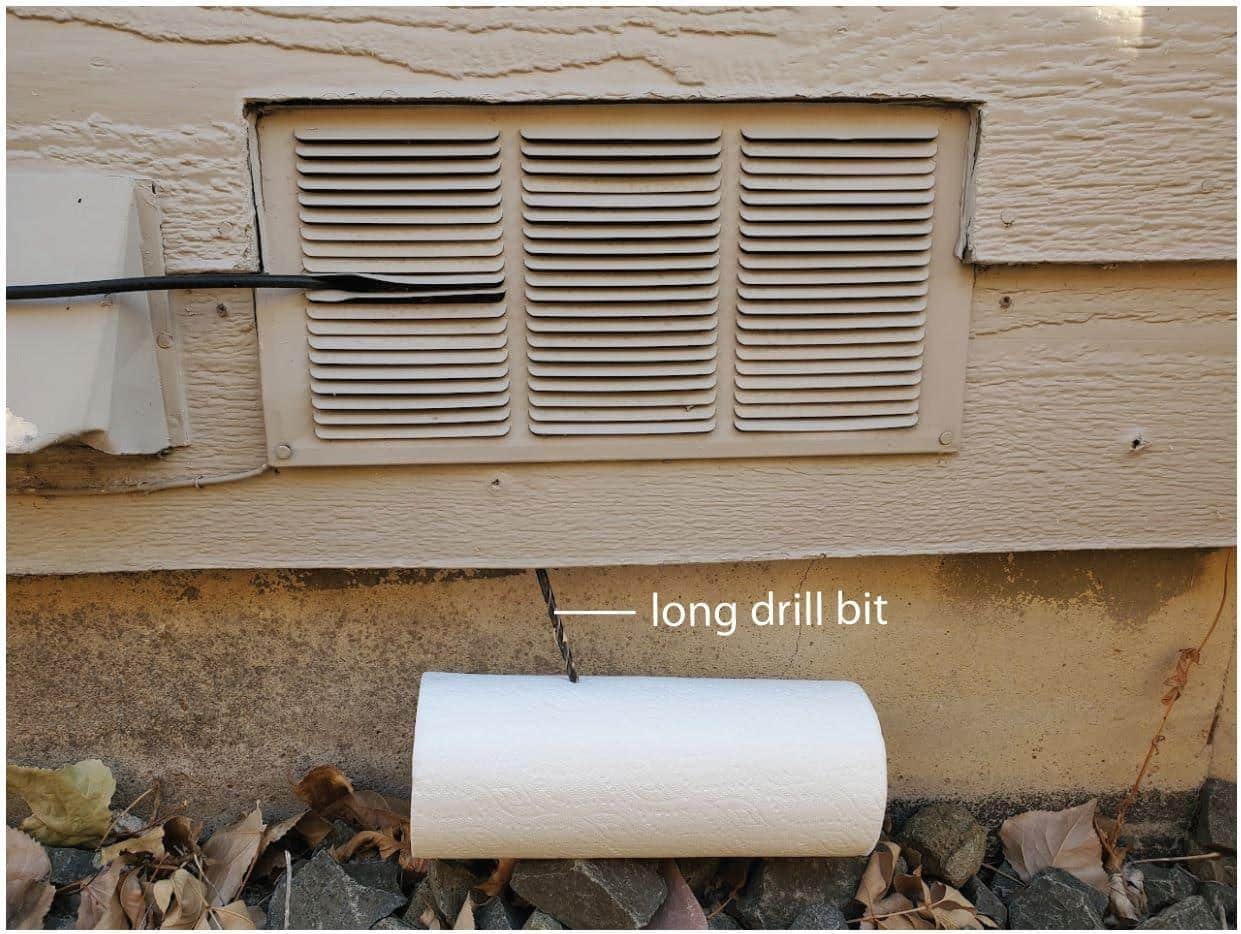Mice are sneaky little invaders that can fit through the smallest of openings to claim your house. Not only is the appearance of a mouse unsettling, but these small creatures can seriously compromise your health by spreading infections and causing great damage. If you’ve ever heard terrifying scratching sounds in your walls or discovered small droppings along the perimeter of your home, they’ve probably already found their way inside.
How then can you stop these tenacious pests from slinking beneath your siding and building a home in your walls? Fortunately, there are doable, efficient strategies to mouse-proof your home and drive out these unwelcome visitors. Let’s explore some tactics to take charge and live in a mouse-free house.
Why mice love siding
First, you need to know why mice find your siding appealing. Being highly flexible animals, mice constantly search for warm, secret places to call home. Your siding provides the ideal opening point, especially if it is damaged or loose. Once inside, mice can exploit your walls for nesting, travel, and breeding; gaps under the siding offer cover from predators and weather conditions.
For these small intruders, siding offers warm regions inside buildings and access to insulation. Still, the appeal transcends mere comfort. Mice will naturally be lured closer if your siding is close to food sources like trash cans, compost piles, or gardens; those gaps become especially appealing.
By knowing this, we can identify why we should keep siding in good repair and block easily accessible access points.
Signs of mice under your siding
One of the first steps in mouse control is the identification of an infestation’s signs. Mice are clever, hence they won’t always be clear-cut. Still, a few clear signs will help them to be located.
- Especially at night, mice could already be nesting in your house if you hear scratching or scurrying sounds emanating from your ceilings or walls. They are nocturnal and may surface in calm conditions.
- Along walls or close to siding, mice leave tiny, black droplets. Usually, these droppings are observed in regions where they roam regularly.
- Mice have to chew constantly to avoid their teeth from growing too long. They will gnaw on wood and even plastic to enter new areas; you may see little chew marks along the base of your siding.
- Mice fit through holes as small as a penny! Look for little cracks or gaps where the siding runs against the roofline or foundation.
Understanding these signs lets you act before the problem gets out of control. Early mouse problem solutions are absolutely essential to prevent long-term damage and perhaps more widespread infestation.
Sealing gaps and cracks
It’s time to seal them after you have possible points of access discovered. Mice can squeeze through the smallest of cracks, hence you will have to be meticulous. Here is how to handle it:
- Apply expanding foam or caulk. Small holes can be sealed with caulking; bigger gaps can be filled with expanding foam. Pay especially particular attention to utility pipes or vents and where your siding joins the foundation.
- Install metal mesh. Mice struggle to eat through metal. While still providing enough ventilation, installing fine wire mesh behind siding gaps or around vents and pipes will limit access points.
- Fix broken siding. Loose or broken siding invites mice right out here. Check your siding for warping, holes or cracks often; fix any problems right away. Stay on top of maintenance since over time vinyl, wood, and fiber-cement siding can all suffer damage.
Among the best long-term fixes for mouse control is this proactive sealing effort. Apart from keeping rodents out, it increases the energy efficiency of your house and helps avoid other pests.
Keeping mice away from the foundation
Apart from maintaining your siding, you should also give the foundation of your housetop priority. Usually first arriving at ground level, mice find their way under siding. Controlling the area around your foundation will help to dissuade them from even approaching.
- Mice particularly like hiding in dense grass, leaf piles, or overgrown plants. Maintaining a clean perimeter around your house and keeping vegetation under control will help to reduce the attractiveness to them for nesting nearby.
- Mice are continuously searching for food, so make sure garbage bins are tightly secured, bird feeders are positioned far from the home, and compost piles are kept well-maintained. They will be drawn to your house even from little crumbs or seeds.
- Use gravel or rock barriers; mice detest crossing uneven surfaces or loose gravel. Establishing a gravel or rock barrier around your house’s foundation will discourage them from approaching too near. It also accentuates your landscaping for decoration!
By concentrating on the foundation and the nearby surroundings, you can drastically lower the possibility of mice finding an entrance under your siding.
Using professional pest control services
Sometimes, those bothersome mice still find a way in despite all the prophylactic effort you undertake. This could be the time to call the experts. Particularly for tough infestations, mouse control services might provide answers outside of do-it-yourself repairs.
- After a thorough inspection of your house, a pest control expert can find precisely where the mice are entering. They can also ascertain the degree of the invasion and decide on the best line of action.
- Many pest control firms provide pest-proofing services, which entail closing all possible avenues of access and erecting obstacles that stop mice from returning to your house.
- Many pest control businesses now provide humane removal choices if you would rather not use poison or traps. These techniques securely gather and move the mice without injuring them.
If you feel as though you are losing the war, don’t hesitate to get help. Professionals have the knowledge and resources to control current infestations and stop more from starting.
Using natural repellents
Natural repellents can assist control mice if you’re not interested in chemicals or traps. Some smells are quite bad for mice, hence your house is much less appealing to them.
- Mice find the strong scent of peppermint oil intolerable since they have a quite keen sense of smell. After soaking cotton balls in peppermint oil, arrange them either around the foundation, inside wall gaps, or close to doorways. Just be sure you regularly refresh them.
- Ultrasonic devices create high-frequency sounds that irritate mice but are inaudible to humans. Installable around the house, they might be a great complement to your mouse control plan.
- Other naturally occurring deterrents are herbs and spices like cayenne pepper, cloves, and bay leaves. These spices can be scattered at places of access, or you might arrange dry herbs next to cracks and openings. Mice will typically avoid places where these strong smells abound.
Although they might not be effective on their own, natural repellents can be part of a more all-encompassing mouse control strategy, particularly when combined with efforts at sealing and exclusion.
Conclusion
Although removing mice from under your siding could seem like a challenging task, the battle is absolutely winnable with determination and a well-rounded plan. From fixing gaps and cracks to using natural deterrents and contacting professionals, there are various ways to prevent mice from finding themselves at home in your walls.
The answer is to be proactive and vigilant since once those small critters enter, they will not wait to grab the total advantage. Regular maintenance paired with preventative activities can assist you in enjoying a mouse-free residence and related peace of mind.








